USB to Ethernet adapters have had a challenging past, especially in the 5GbE generation. Years ago, we did a USB 3.1 Gen1 to 5GbE Network Adapter Guide and found that the adapters of that era sucked. The WAVLINK 5Gbps USB-C to 5GbE adapter is decidedly better due to a new Realtek chipset. Another aspect here is that the cost is going to be attractive to many. We purchased ours for around $35-40. That is slightly more than 2.5GbE adapters but also much less than 10GbE adapters, especially since those tend to use Thunderbolt. Getting half the speed at less than a quarter the cost is perhaps the biggest benefit of a solution like this. Of course, this is still early enough in the cycle that there were some bumps along the path.
If you just want to check prices, we purchased ours on Amazon (Affiliate link.)
WAVLINK 5Gbps USB-C to 5GbE Adapter Overview
The unit itself has a single port. This is rated for 5GbE, but we also tried it at 2.5GbE and 1GbE speeds.
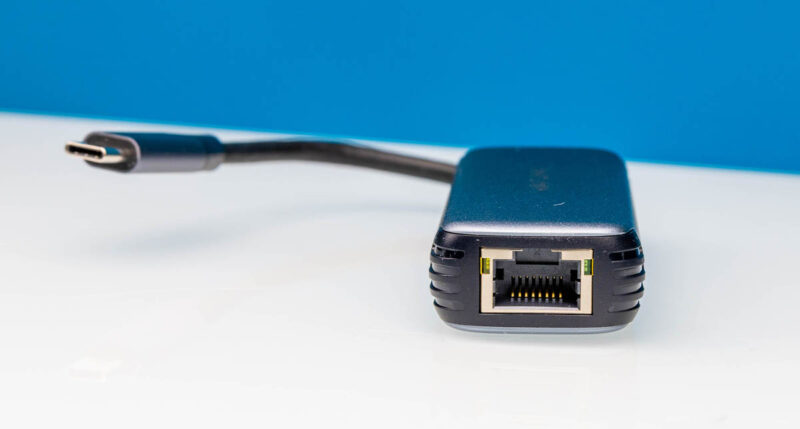
On the host connection side, there is a USB Type-C port. For many systems, this works well. For others, Type-A ports are more plentiful. The USB connection in this generation is a USB 3.2 Gen2 or a 10Gbps connection. That is unlike the previous 5Gbps USB adapters where the interface bandwidth was not enough to saturated the Ethernet side given the USB overheads.
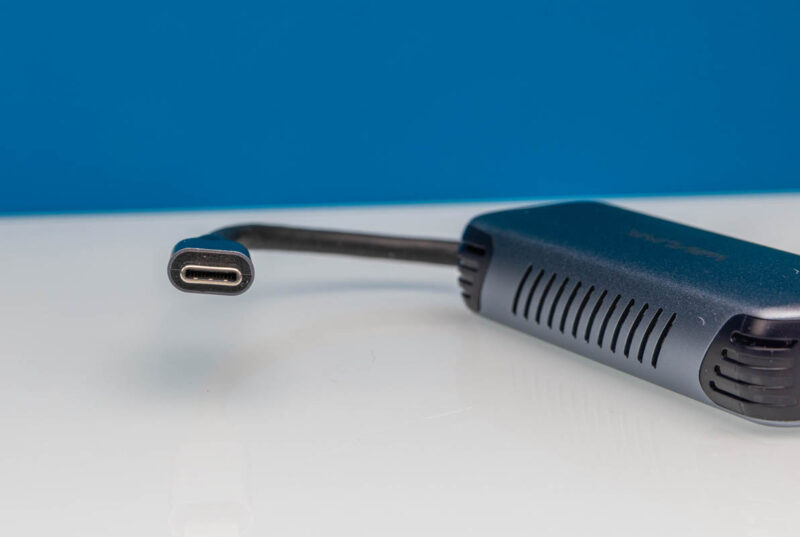
Here is the bottom.
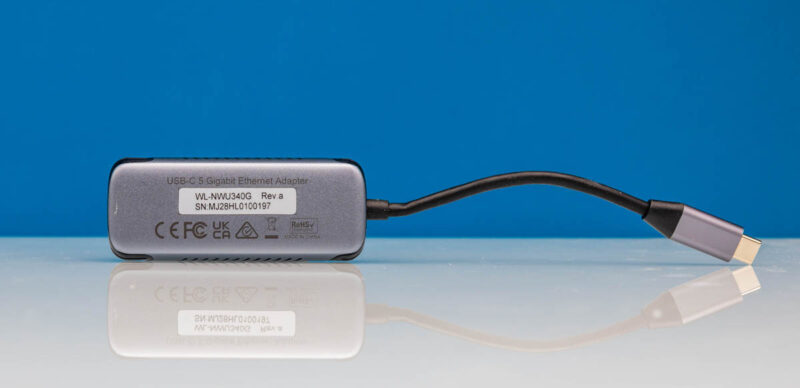
Here is the side profile.
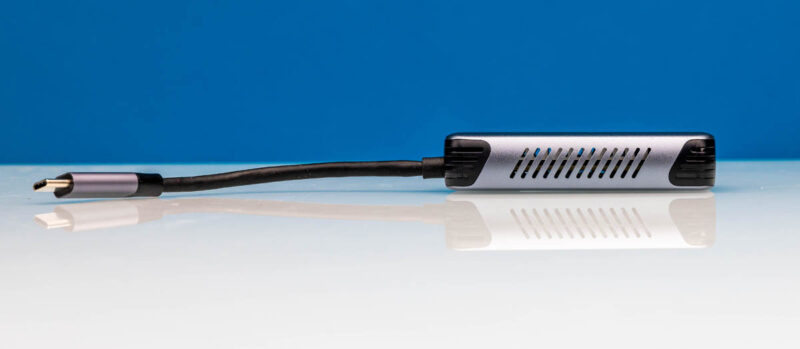
Looking at the other side, we can see a neat detail. Inside the module we can see a little heatsink. Something that we noticed was that the unit worked well if these vents were clear. If they were blocked, then that is when stability can be an issue.
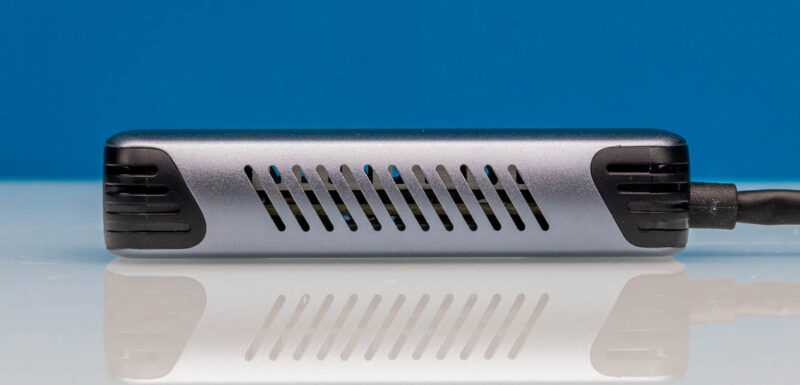
On the topic of issues, when we first installed this on the ASUS ROG NUC, we could not hit 5GbE speeds. The reason is quite simple. This is a newer adapter with the Realtek RTL8157 NIC, a newer adapter.
That means it is time for drivers.

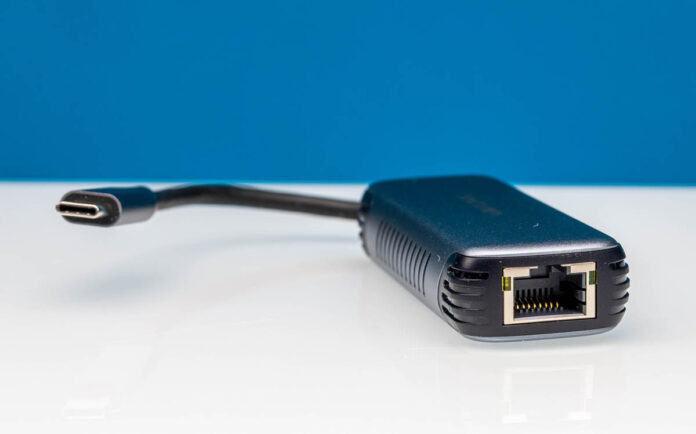
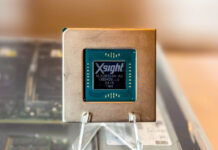
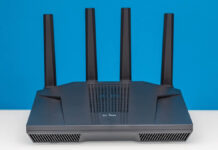
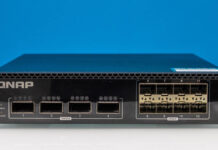
How does it work on Linux?
This chipset is a total mess on Linux currently, typical realtek stuff I guess
It’s not “drop in” for Linux, you’ll have to compile and install the drivers yourself. That’s not fun at the best of times, and certainly not with a RealTek chipset.
Does it PXE boot? Does it have drivers for pxe booting?
So what is the situation regarding Mac os? Does it require special drivers?
I’ve had one for a couple of weeks, and also the 2.5GbE version for a couple of months. This one gets hotter, but i suppose not concerningly so. Works fine in macOS, although I did have a network connection present already when I first attached this, fwiw. In Windows, as with all Realtek, it really helps to have an updated driver from Realtek, at least from 2024. It works with MS generic driver, but doesn’t go much faster than about 1.5 GbE.
@Jason Oliphant:
The prior realtek 2.5Gbps adapter (don’t have the chipset # handy right now) did not PXE boot, I don’t know if any realtek usb adapter nic can pxe boot but might be wrong on that.